Is your fleet struggling to combat inflation and rising prices and in need of some serious fuel saving tips? With gas and diesel prices on the rise daily, we’ve compiled a definitive list of ways your fleet can save at the pump. Read on to learn how you can increase mileage as much as 7% with a simple add-on, reduce consumption by 26% by changing one driving habit, and more.
Whether you operate a team of trucks or manage a group of rental cars, these 9 fuel saving tips will help rescue your business’ valuable finances.
Let’s dive in.

Thankfully, finding ways to reduce your fuel use isn’t hard. Whether your fleet is filled with commercial trucks, cargo vans, or passenger sedans, these tips will help ease the expense and increase mileage.
One important part of limiting costs is to restrict idling. Idling is a huge drain on many fleet budgets. The less idling, the less gas or diesel you have to purchase.
This includes:
According to the US Department of Energy (DOE), idling burns up to 1.5 gallons per hour. The DOE also reports the average heavy-duty truck idles around 1,800 hours per year. That means you could be losing up to 2,700 gallons of fuel every year per truck from idling alone. Not only is that costly, but trucks that carry “hours operated” warranties use up valuable warranty hours.
Last of all, you could get fined. Certain areas of the U.S. (Dallas, San Diego, D.C., and more) belong to the Clean Cities Coalition and have outlawed unnecessary idling.
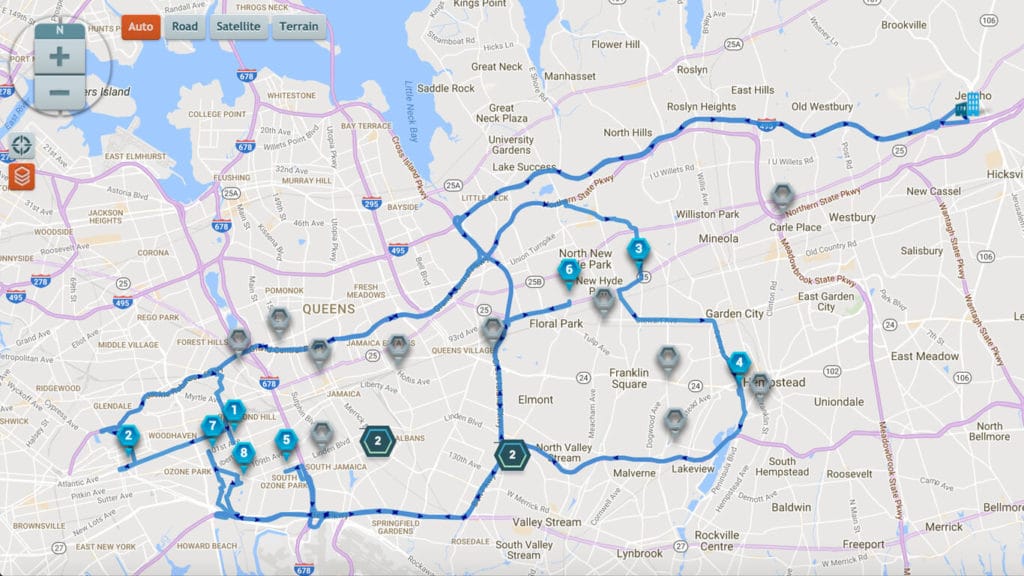
Another way to save is to improve your routing and delivery schedules. If your company still operates without GPS or route optimization software, you could be losing out on valuable time and money. By getting more stops in with less time on the road, you can maximize your ROI.
Additionally, without route optimization, your company could be missing out on extra stops. Small commercial navigation steps like knowing traffic and road conditions ahead of time can pay huge dividends for your business.
Reducing losses from theft and unauthorized purchases is also key. The best way to do this is by using fuel cards instead of company credit cards. With fuel card solutions, you can keep a close eye on every purchase and on employees who may be tempted to pass off receipts for personal fill-ups as well as business ones.
Speed reduction is by far the easiest of the fuel saving tips to achieve.
According to the American Trucking Association (ATA), a truck traveling at 75 mph uses 27% more fuel than one going just 65 mph. That’s a huge decrease in miles per gallon. By implementing telematics solutions, you can help train your operators to slow down and improve their MPG through driver self-coaching.
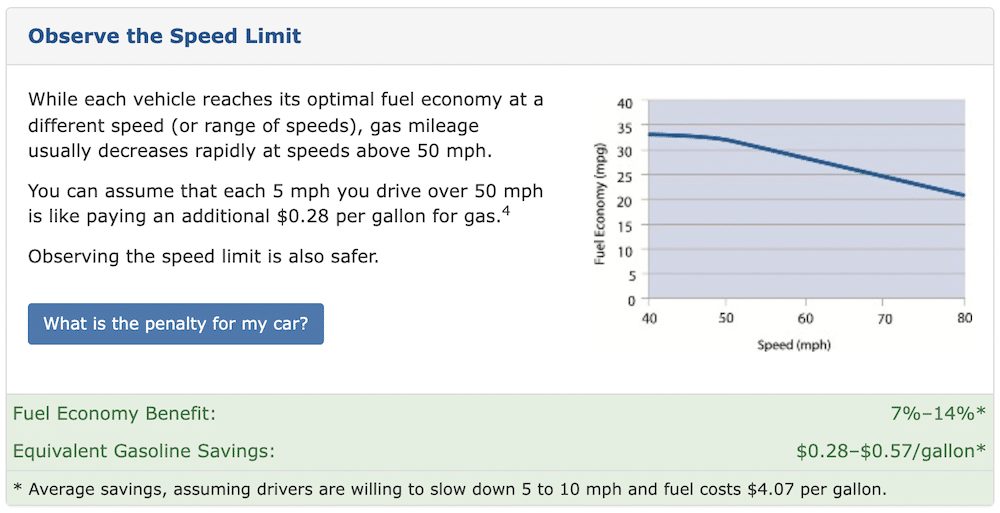
For passenger cars, the DOE shares that every 5 mph over 50 is equal to an added $0.28 per gallon. For more specific insights, you can use this DOE tool to calculate exactly how speeding affects your vehicle’s mileage.
Keeping an eye on the speedometer is possibly the most immediate way your drivers can impact their fuel efficiency. Other benefits of driving more slowly include driver and cargo safety. Considering 26% of fatal accidents in 2019 involved speeding as a contributing factor, it’s in everyone’s best interest to slow down.
Another tactic to help your fleet’s fuel consumption is to reduce drag. Drag is your vehicle’s resistance to forward movement. Installing aerodynamic body accessories and selecting the right tires can help with reducing drag.

Strategies that have proven to improve aerodynamics include:
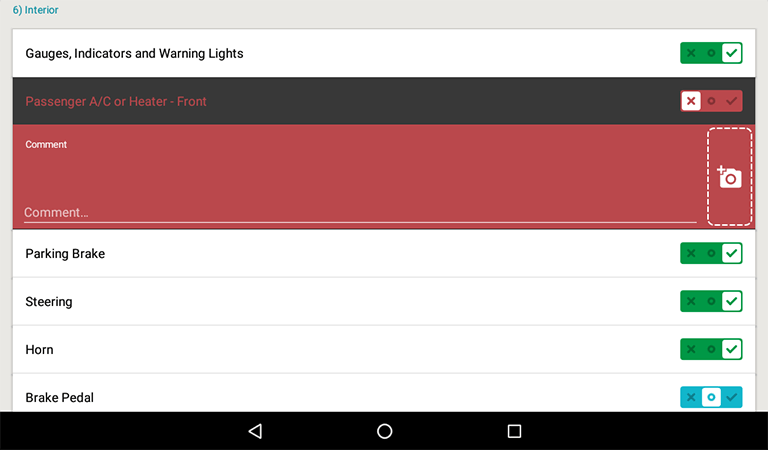
Routine maintenance is an often-overlooked aspect of increasing your fuel economy.
Maintenance items that can negatively impact your miles per gallon include:
Creating a regular preventative maintenance schedule or ensuring proper DVIR implementation for your fleet can ensure your vehicles are running in peak condition. This will also help to create safer vehicles and less frequent breakdowns.
Driver habits play a significant role in increased savings. When trying to reduce your business’ fueling expenses, often the fastest way is to start with the drivers. Coaching your drivers to be more safety-conscious can often pay huge dividends for your business.
Ways drivers can improve their fuel economy include:
Telematics tools can help your business save at the pump.
You may not naturally think of a telematics tool when trying to reduce costs. But, having one unlocks insights into how your fleet is run and where you can improve.
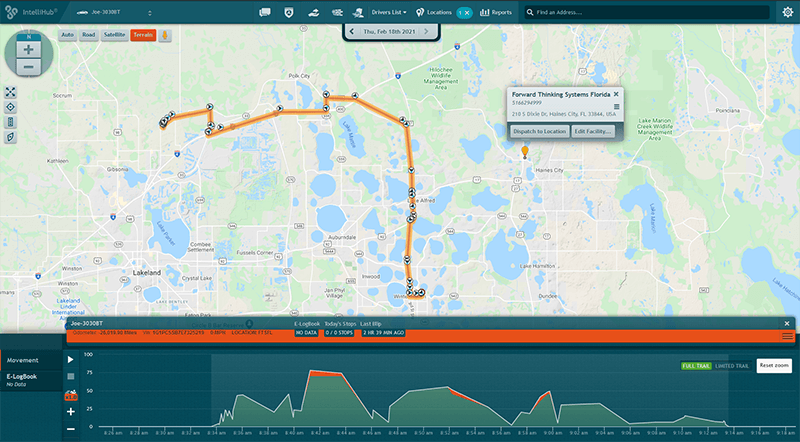
Here are some of the ways a telematics solution can help you save:
A fuel card account is one of the best ways to save on the cost of fuel. Here’s what you need to know about fuel card solutions.
Read more here on how to choose the best fuel card for your business.
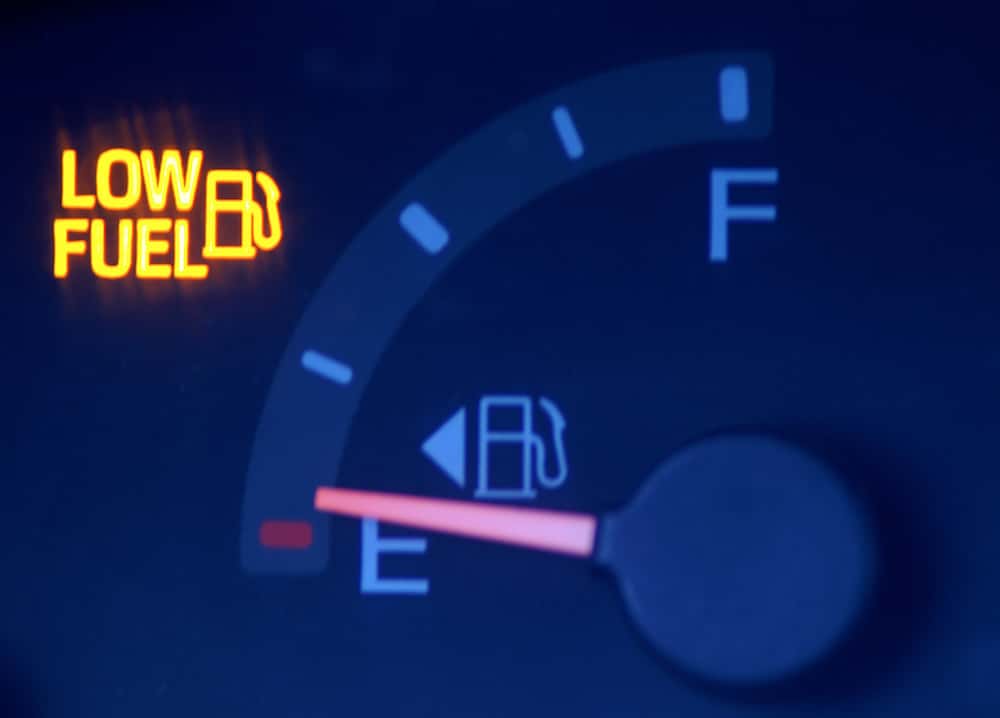
Ultimately, there are dozens of ways to save on the cost of fuel. But the best ways all involve paying close attention to your fleet’s vehicles, driving habits, and analyzing where your business can do better.
1.) Identify and Manage Excessive Idling
2.) Improve Navigation & Delivery Schedules
3.) Reduce Theft & Unauthorized Fuel Purchases
4.) Reduce Excessive Speeding
5.) Reduce Drag
6.) Preventative Maintenance
7.) Improve Driver Habits
8.) Use Telematics Tools
9.) Fuel Cards
Implementing a telematics solution is one of the best ways to do this. With tools like Route Matrix, IntelliHub, and FleetCam, you can stay on top of maintenance, driving habits, route optimization, and more, all while saving on fuel costs.
Truckers can save fuel in many ways. Some of the best fuel saving tips include limiting idling, driving slower, taking optimized routes, using a fuel card, better driving habits, and staying on track with preventative maintenance.
According to Freight Waves magazine, the following fuel card options are the best currently available solutions.
Best Fuel Card for:
Click here for a more in-depth look at choosing the best fuel card for your business.
Fleet fuel cards can be used just like a normal credit card at gas stations. Fleet cards can also require information such as driver ID and current odometer reading to assist in reporting and preventing fraud. Card suppliers help fleets save funds by brokering deals with fuel providers – passing along the deals to you in exchange for account dues.
This is a case-by-case basis. Fuel cards can help your fleet save on expenses so long as your fleet gets more out of it than the price of membership dues. For example, if your fleet pays for added benefits like truck or car washes, but if your company doesn’t utilize them, you may actually be losing money.
Yes. Fuel cards offer a wide range of benefits which generally includes cheaper fill-ups and per gallon discounts.
Choosing a card comes down to return on investment (ROI). You’ll need to research your options and determine which offering best serves your organization.
Criteria to judge card providers by include:Route optimization software analyzes multiple stops and finds the most efficient route available. It does this by factoring in stop location, delivery windows, travel distance, travel time, and more.
Google Maps is not yet an effective solution for route optimization as it does not factor in key aspects like delivery windows.
Route Matrix allows fleet managers to optimize their stops with a user-friendly solution. Users can easily:
IFTA stands for International Fuel Tax Agreement. It is a non-profit organization based on an agreement between the lower 48 states of the U.S. and Canadian provinces to simplify tax reporting. Commercial motor vehicles that travel throughout multiple states and provinces within the member jurisdictions only have to maintain one fuel use license and file a single IFTA tax report. Although not required, Canadian territories and Alaska also participate.
Calculating your taxes due for the IFTA can be very complicated. Miles driven in each state/province, fuel used, purchased, and taxes already paid are all considered. It’s best to use an IFTA calculator solution or utilize a telematics solution like those from Forward Thinking Systems, to measure usage accurately and auto-generate IFTA reports for easy filing.
If you’d like to start saving more today, book your free demo now!

Recent Posts
Categories
Stay in Touch
Ready to make fleet management more manageable?